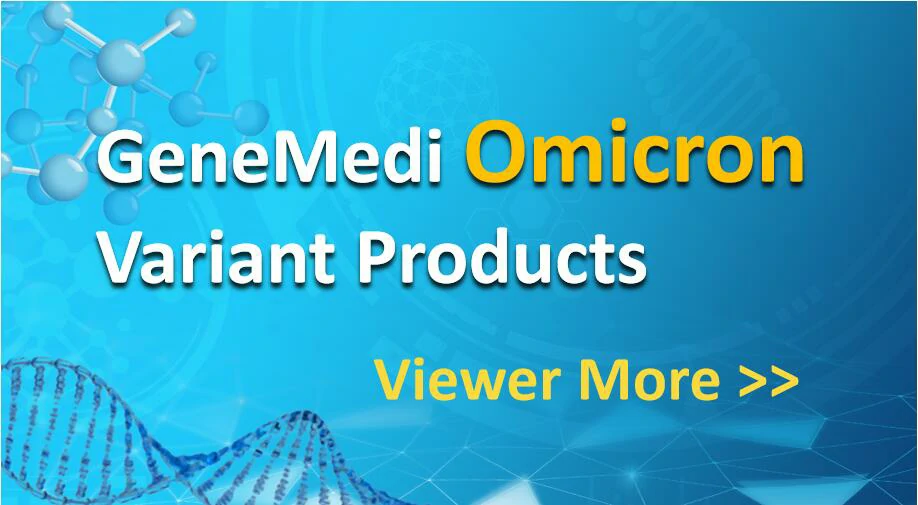Advantages and Drawbacks of Adenovirus Vector-mediated Gene Transfer
DIAGNOSTIC ANTIBODY & ANTIGEN
SERVICES
- Custom AAV Production
- Custom Adenovirus Production
- Custom Lentivirus Production
- Pre-made AAV Production
- Pre-made Adenovirus Production
- Pre-made Lentivirus Production
- AAV-LC3 Autophagy Flux Detection
- Ad-LC3 Autophagy Flux Detection
- Lv-LC3 Autophagy Flux Detection
- AAV Control Virus Production
- CRISPR/Cas9 AAV Production
- CRISPR/Cas9 Adenovirus Production
a) Advantages of Adenovirus-mediated gene delivery
Adenovirus has been developed into a preferred candidate for creating viral vectors for gene therapy due to various advantages.
1) Well tolerated, with post-infection viability of the host cells being almost 100%.
2) Great packaging capacity (up to 8kb).
3) Broad range of infectivity. Adenovirus can infect both dividing and quiescent cells, allowing gene delivery to a highly diverse range of cell types.
4) It can be produced at high titer (10^10 VP/mL, which can be concentrated up to 10^13 VP/mL).
5) High infection efficiency. Almost 100% gene delivery in most cell types, completely surpassing other viral vector tools and liposome transfection.
6) Without integration into the host chromosome. Adenovirus remains epichromosomal in cells and does not inactivate genes or activate oncogenes.
b) Drawbacks of Adenovirus-mediated gene transfer
Although adenovirus benefits a great deal of disease therapies, it does present some drawbacks.
1) Adenovirus-mediated gene delivery may not sustain for long time, just transient expression.
2) Generation of neutralizing antibodies against adenovirus in the Non-Human Primates (NHP) and human, may attenuate the cure effect of adenovirus-mediated gene therapy [13].
3) Adenovirus vector infection can activate a wide variety of immune responses both humoral and cellular, which may increase the risk factor to use adenovirus as vectors in that high dose will result in acute toxicity and autoimmunity [14].
To date, the best solution for these drawbacks is to turn to Adeno associated virus (AAV) vectors, which can mediate long-term and stable expression and induce mild immune response, safer than adenovirus vectors.
| Comparison | Retrovirus | Lentivirus | Adenovirus | AAV |
| Genome | ss RNA | ss RNA | ds DNA | ss DNA |
| Integration | Yes | Yes | No | No |
| Packaging Capacity | 3kb | 4kb | 5.5kb | 2kb |
| Time to peak expression | 72h | 72h | 3h-72h | cell: 7 days; animals: 2 weeks |
| Sustainable time | about 3 weeks | stable expression | transient expression | > 6 months |
| Cell Type | most dividing/non-dividing Cells | most dividing/non-dividing Cells | most dividing/non-dividing Cells | most dividing/non-dividing Cells |
| Titer | 10^7 TU/ml | 10^8 TU/ml | 10^11 PFU/ml | 10^12 vg/ml |
| Animal experiment | suitable | low efficiency | lowest efficiency | most suitable |
| Immune Response | high | medium | medium | mild |






